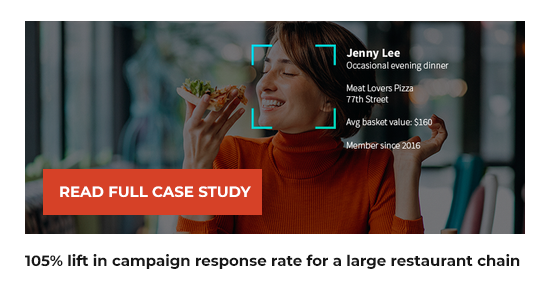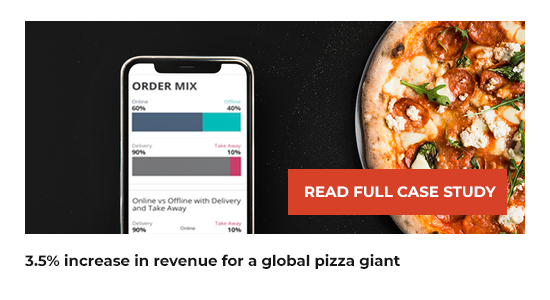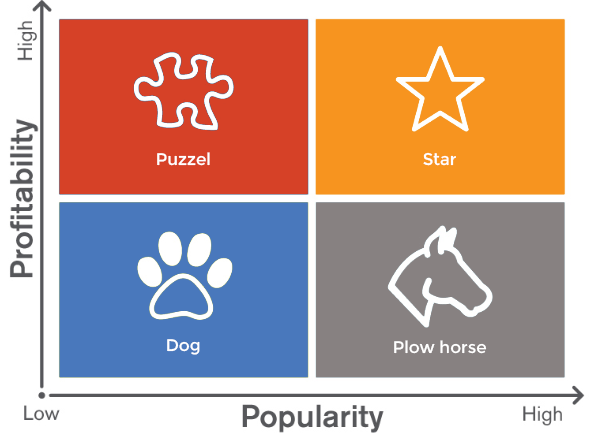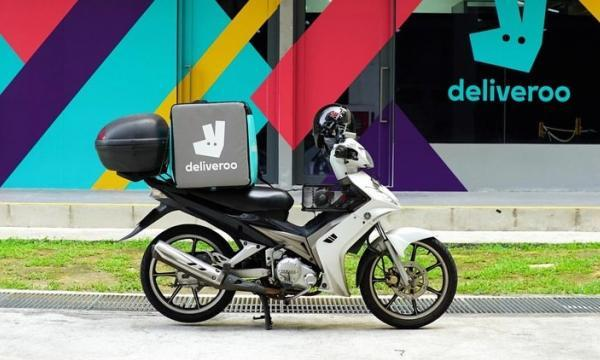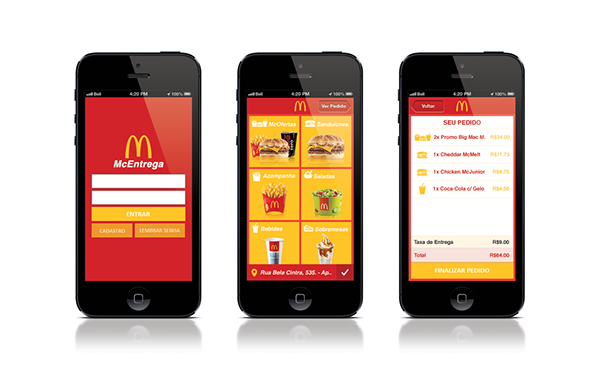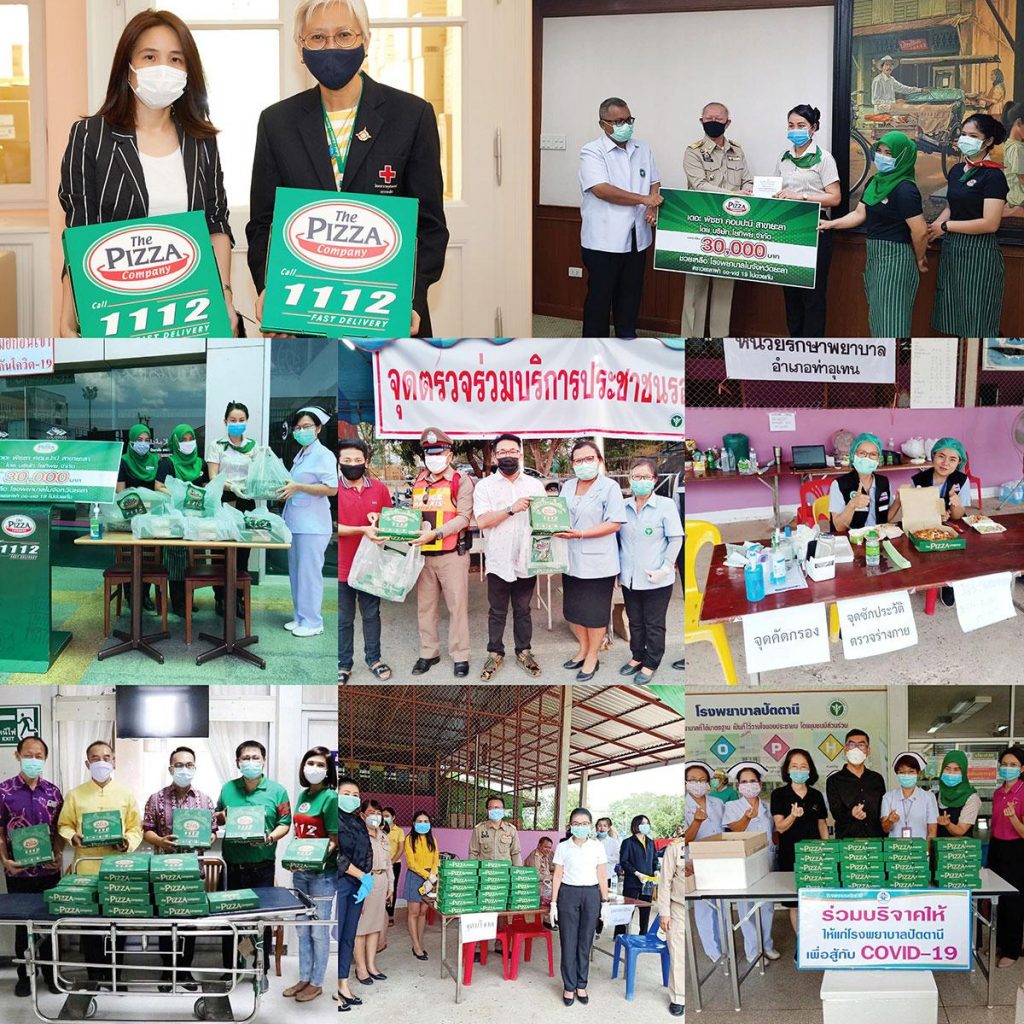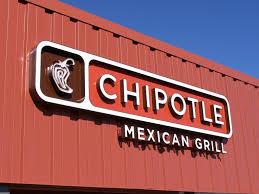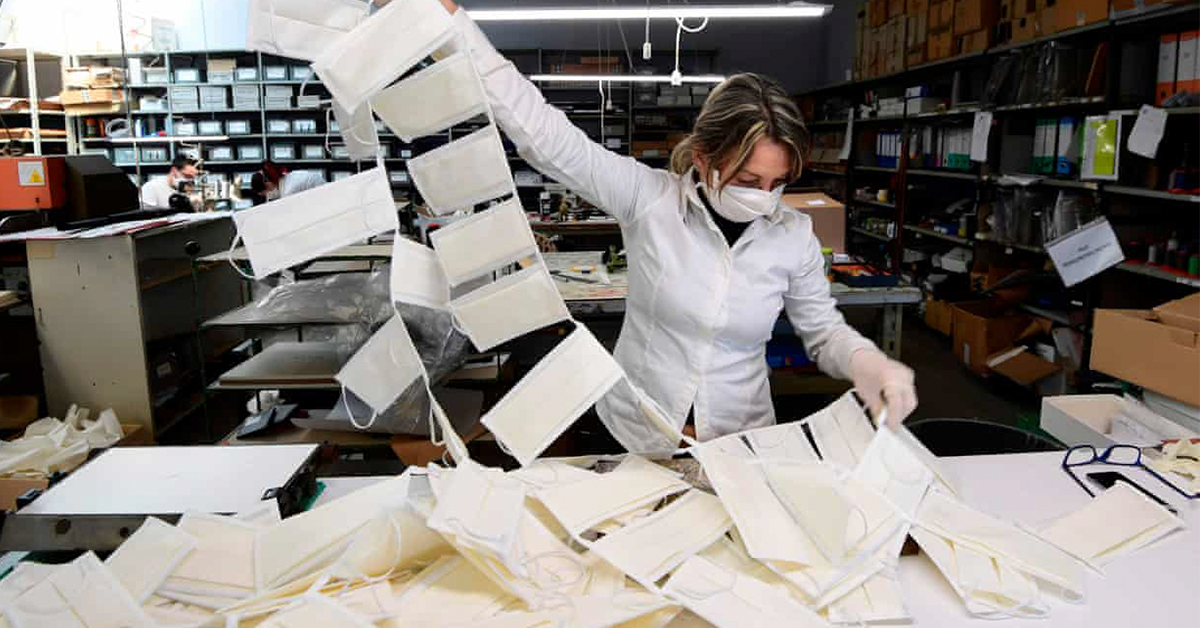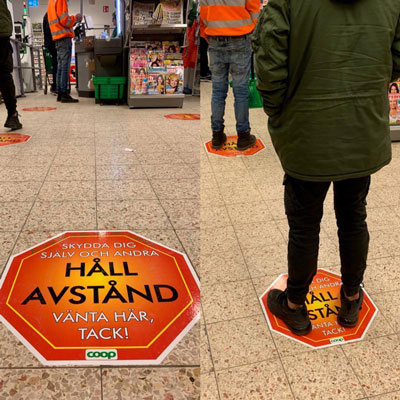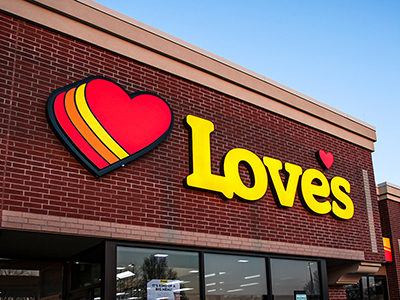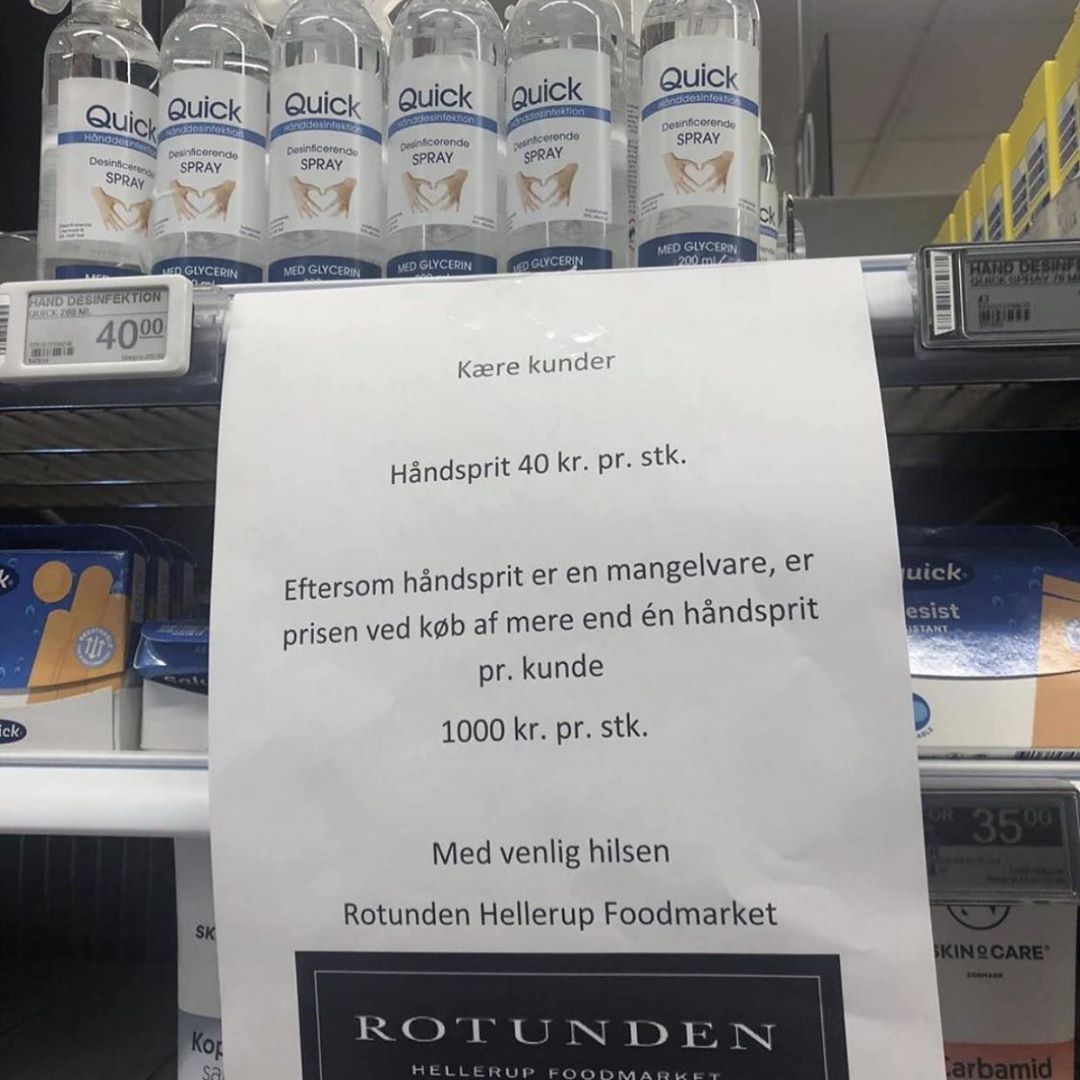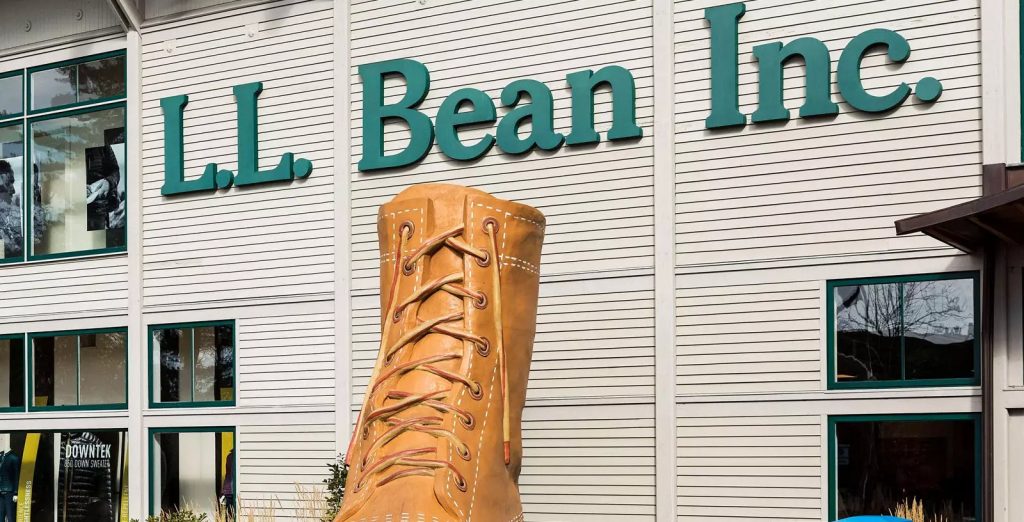In March 2020, the Institute for Supply Management (ISM) conducted a survey that focused on the impact of coronavirus disease (COVID-19) on supply chains. Nearly 75% percent of companies reported supply chain disruptions.
The unprecedented outbreak has caused many businesses to experience multiple challenges including shifting customer demand, transport restrictions, shortages, and more.
According to Food Navigator, Nestlé CEO Mark Schneider warns that the business must ‘get ready for the storm’ as supply chain challenges are expected to intensify.
Let’s take a look at some of the new challenges that COVID-19 has placed on retail supply chains:
Digital Collaboration and Supplier Communication
Collaboration and communication can enable transparency and faster responses to operational decisions on both sides. But retailers have often lacked the data and collaboration technology needed to centrally manage operations of both the supplier and the retailer.
The COVID-19 crisis has shoved into the spotlight the traditional paper-and-time intensive activities associated with Supply chain. Digital collaboration is the need of the hour as retailers explore the possibilities of collaboration across every aspect of the supply chain process.
Lack of Visibility in Supplier Operations
Sharing of information across the supply chain is key to avoiding potential demand-supply issues. Grocery retailers in particular, during the COVID-19 crisis need visibility across the supply chain to better address issues like OOS (Out Of Stock) and surplus stock of non-essentials.
Information needs to be shared with all supply chain stakeholders for logistic decisions to be made that help businesses to operate more efficiently. Yet, according to Supply Chain Digital visibility is a central challenge for supply chain managers today, with 94% of companies admitting that they don’t have full visibility into their supply chains.
To mitigate these issues in the short-term, supply chain leaders are working to create transparency and rapid response capabilities. One of the ways to do this is to use a technology platform that brings suppliers and manufacturers together for visible collaboration.
Volatile Inventory Demand
During this crisis situation (or any crisis situation for that matter) it is not unusual for consumers to panic hoard essential commodities. This results in a stress on retailers like grocers and pharmaceutical companies to manage an unexpected spike in product demand.
A Nielsen data report indicates that sales of oat milk, surgical masks, first-aid kits and other non-perishables spiked late in February 2020 in response to coronavirus fears.
On the flip side, non-essential items pile up, as there are no takers. Retailers today are struggling to know their current inventory supply, and be able to replenish demand essentials without sustaining losses.
Many retailers are managing this by ramping up warehouse and distribution numbers, while others are using warehouse management technology to assess inventory, predict peaks and coordinate employee shifts to keep supply moving. Retailers are also being pushed into moving inventory and resources to new channels. Because of today’s social distancing norms, there’s been a growth in ecommerce orders, and retailers are moving inventory by making it available online for purchase and working with distribution channels for fulfilment.
RIS News reports that Amazon Fresh and Whole Foods Market have increased order capacity by more than 60% due to COVID-19. The number of Whole Foods Market grocery pickup sites has grown to over 150 in the past few weeks, up from around 80 stores. Additionally, Amazon's store in Woodland Hills, is now serving as a temporary online-only store that's focused exclusively on fulfilling grocery delivery orders.
Limited Supplier Dependency
Pharmaceutical companies in particular are currently facing a crisis in their supply chain, as a majority of active pharmaceutical ingredients are developed In India and China.
According to Thomas Derry, CEO of ISM, “Organizations who diversified their supplier base after experiencing tariff impacts, are potentially better equipped to address the effects of COVID-19 on their supply chains.”
While some pharmaceuticals often have a redundancy in drug supply of such drugs, companies which contract with multiple suppliers can prevent disruptions from causing shortages.
Lack of Data for Agility
Any technology platform that can help retailers stay on top of their supply chain activities, relies heavily on standardised data to collaborate and communicate effectively. However, for most retailers, data is still siloed and not standardised for sharing on collaborative platforms.
Yet the use of information technology to share data between supply chain partners is crucial for agility. For retailers to be able to survive amidst chaotic demands, information sharing between and within the supply chain players is a critical requirement towards optimizing supplier-retail relationships.
Where Will Retailers Go From Here?
Shifting from a traditional supply chain to an end-to-end information management, can help retailers respond faster, reduce redundancy and maintain supply chain efficiency.
For more information on how your retail business can manage its supply chain during this crisis, Learn more on " Minimising Supply Chain Disruptions During COVID-19"






